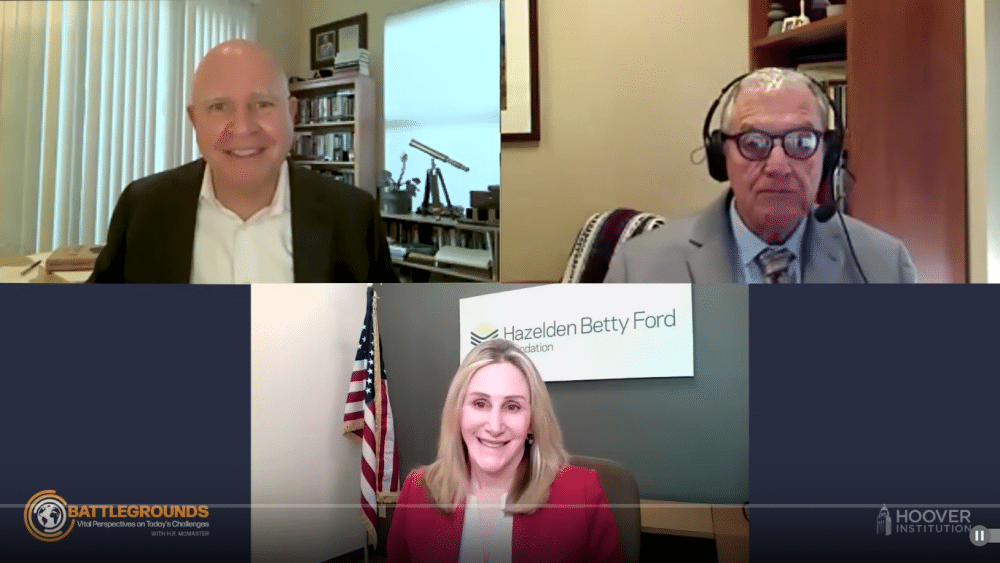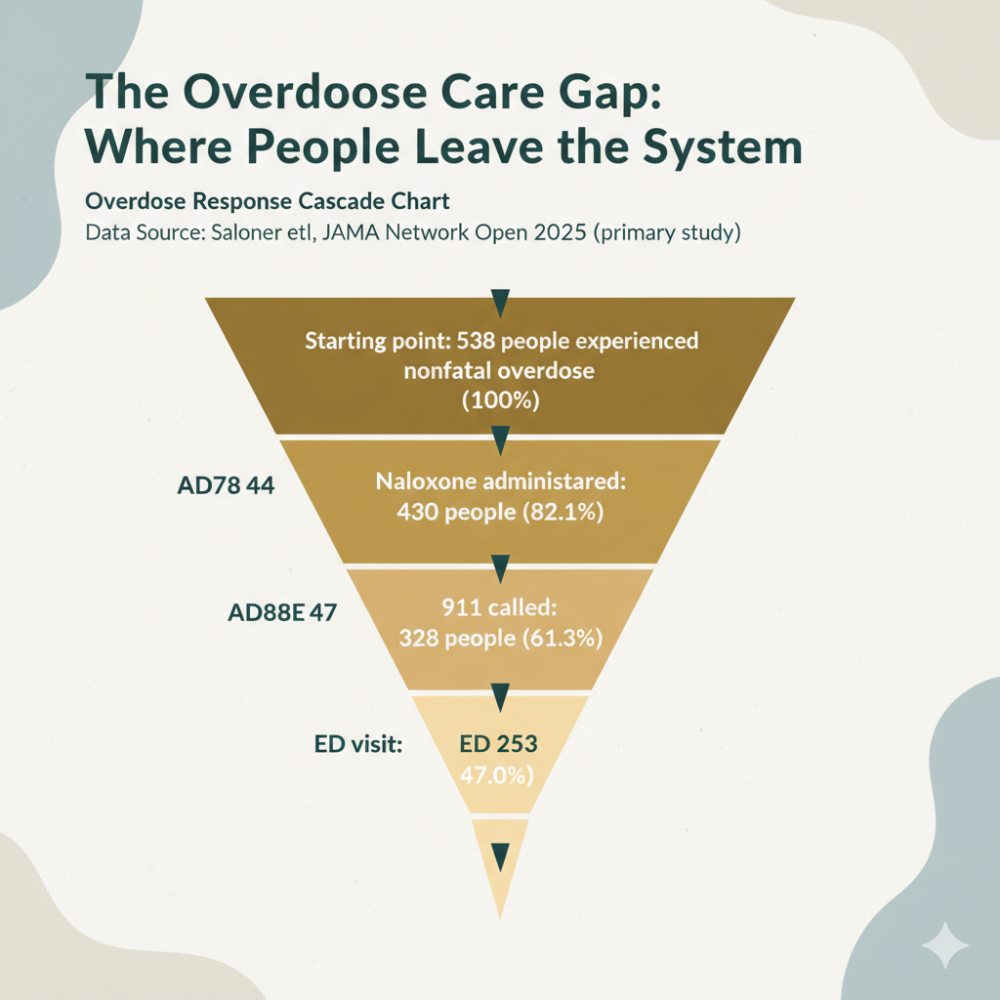There’s a disturbing experiment that changed everything we thought we knew about addiction. Scientists engineered rats to have no dopamine in their brain’s reward pathway¹. When researchers placed food directly in the rat’s mouth, it would eat normally and seem to enjoy the meal. But when they moved that same food just a body length away, something shocking happened: the rat would starve to death rather than make the effort to reach it.
This simple but profound discovery reveals a fundamental truth about addiction that most people—including many in recovery—don’t fully understand. The problem isn’t moral weakness, lack of discipline, or poor character. The problem is biological, rooted in the very chemistry that keeps us alive.
The Survival Chemical That Controls Your Life
Dopamine isn’t just about pleasure—it’s about survival itself. Dr. Anna Lembke, Professor of Psychiatry at Stanford and Chief of the Stanford Addiction Clinic, explains that dopamine is “the chemical that we make in our brain that tells us this is something we should approach, explore, investigate.”² It’s essentially the survival chemical that motivates us to seek out what we need to live.
But here’s where it gets complicated in our modern world. Every time we engage in something pleasurable—from eating sugar to scrolling social media, from drinking alcohol to watching pornography—we affect this ancient survival system. The more dopamine a substance or behavior releases, and the faster it releases it, the more likely it is to become addictive for that individual³.
This is why addiction is so personal.
What releases massive amounts of dopamine in your brain may barely register in someone else’s. It’s not about weakness; it’s about individual brain chemistry and what Dr. Lembke calls your “drug of choice.”
The Revolutionary Discovery: Pleasure and Pain Live Together
One of the most groundbreaking findings in neuroscience over the past 75 years has completely changed how we understand addiction⁴. Scientists discovered that the same parts of the brain that process pleasure also process pain. These aren’t separate systems—they work like opposite sides of a balance scale.
Imagine your brain contains a pleasure-pain balance deep in its reward pathway. This includes the prefrontal cortex (the “brakes” of your brain responsible for future planning and delayed gratification) and the limbic areas like the nucleus accumbens (the “accelerator” rich in dopamine-releasing neurons)⁵.
When you consume alcohol, use drugs, engage in compulsive behaviors, or even eat high-sugar foods, you’re essentially pouring weight onto the pleasure side of this internal scale. Your brain releases dopamine, and you feel good.
But here’s the crucial part: your brain doesn’t want to stay tilted toward pleasure.
Why Your Brain Fights Against Feeling Good
Your brain has one overriding goal: homeostasis—returning to a balanced, level state⁶.
This drive for balance is so fundamental that it governs all living organisms. Just like your body maintains a specific temperature range to survive, your brain maintains a specific pleasure-pain balance.
When you tip the scale toward pleasure with substances or behaviors, your brain immediately starts working to restore balance. It does this through a process called neuroadaptation—essentially removing the “docking stations” (receptors) where dopamine would normally bind⁷. Think of it like your brain removing parking spaces so the dopamine has nowhere to go.
But here’s where addiction becomes inevitable: your brain doesn’t just restore balance—it overshoots. Those “gremlins” that hop onto the pain side of the balance to level it out don’t get off when it’s even. They stay on until you’re tilted an equal and opposite amount toward pain.
This is why you experience hangovers, comedowns, and cravings.
It’s not punishment for indulgence—it’s your brain’s desperate attempt to maintain the chemical balance necessary for survival.
The Evolutionary Trap We’re All Caught In
This overshoot mechanism makes perfect evolutionary sense. Dr. Lembke explains that if you’re living in a world of scarcity and constant danger, this system ensures you’re never satisfied with what you have. You’re always seeking more because immediately after getting something pleasurable, you feel a deficit on the pain side that motivates you to seek out more dopamine⁸.
In prehistoric times, this meant going on another hunt the next day or continuing to search for shelter, food, or mates. The system made us “the ultimate seekers,” which helped our species survive.
But we no longer live in a world of scarcity. We live in what Dr. Lembke calls “a world of overwhelming overabundance.”⁹ We’re surrounded by substances and behaviors engineered to release massive amounts of dopamine with minimal effort. We can swipe right and get a match, click a button and get same-day delivery, or consume content that provides instant gratification 24/7.
Our ancient wiring, designed for a world where you had to work hard for small rewards, is completely mismatched to a world where powerful rewards are constantly available at the touch of a finger.
The Addiction Cascade: From Recreational to Compulsive
When someone continues to consume their drug of choice—whether it’s alcohol, opioids, cannabis, pornography, social media, or even romance novels—over days, weeks, months, and years, something predictable happens. Those gremlins camping out on the pain side of the balance become permanent residents.
This fundamentally changes what’s called your “hedonic set point”—your baseline level of happiness or contentment¹⁰. Instead of starting from a neutral position, you’re now starting from a position tilted toward pain. You need more and more of your substance or behavior, and in increasingly potent forms, not to get high or feel good, but just to feel normal.
When you’re not using, you’re walking around with a balance tilted toward pain, experiencing what addiction medicine recognizes as the universal symptoms of withdrawal from any addictive substance or behavior¹¹:
- – Anxiety
- – Irritability
- – Insomnia
- – Depression
- – Craving
Brain imaging studies confirm this biological reality.
When researchers scanned the brains of people with cocaine, methamphetamine, alcohol, and heroin addictions, they found dramatically reduced dopamine transmission in the reward pathway—not just during active use, but two weeks after stopping¹². These individuals were in a chronic dopamine deficit state, which is why early recovery feels so challenging.
Why Willpower Isn’t Enough
Understanding this neuroscience helps explain why addiction isn’t a moral failing and why “just say no” approaches often fail. When someone is in this dopamine deficit state, the overwhelming biological drive to restore balance overrides rational thought about consequences¹³.
It’s not that people with addiction don’t care about their families, jobs, or health.
It’s that their hijacked reward system now interprets their substance or behavior as necessary for survival. Their brain confuses the drug with food, water, or shelter—basic needs required to live¹⁴.
This is why people with severe addiction will unconsciously risk losing everything they value in pursuit of their drug of choice. It’s not a choice being made by their thinking brain; it’s a survival response being driven by ancient neural pathways.
The Path Forward: Working With Your Brain, Not Against It
The science of addiction isn’t just about understanding the problem—it also points toward evidence-based solutions. Recovery isn’t about overpowering your brain chemistry through sheer force of will. It’s about working with your brain’s natural capacity for healing and adaptation¹⁵.
Professional treatment understands that the first weeks of recovery are the most neurologically challenging. Medical detoxification ensures safety during withdrawal, while therapeutic interventions help rebuild the neural pathways that addiction has disrupted¹⁶. The prefrontal cortex—those “brakes” that help with planning and decision-making—can strengthen again with proper support and time.
Most importantly, understanding the biology of addiction removes shame and self-blame that often keep people trapped in cycles of use. When you understand that addiction is a medical condition affecting brain chemistry, not a moral failure affecting character, real healing becomes possible¹⁷.
The rat that couldn’t reach for food without dopamine isn’t so different from the human brain affected by addiction. But unlike those laboratory rats, people have something powerful: the ability to heal, with proper treatment and support, their brains can restore healthy dopamine function and rebuild the motivation to reach for a better life.
If you or someone you love is struggling with addiction, remember that seeking professional help isn’t admitting defeat—it’s working with the neuroscience of recovery to give your brain the best chance to heal.
—
## References
1. Berridge, K. C., & Robinson, T. E. (1998). What is the role of dopamine in reward: hedonic impact, reward learning, or incentive salience? *Brain Research Reviews*, 28(3), 309-369.
2. Lembke, A. (2021). *Dopamine Nation: Finding Balance in the Age of Indulgence*. Dutton.
3. Schultz, W. (2016). Dopamine reward prediction error signaling: a two-component response. *Nature Reviews Neuroscience*, 17(3), 183-195.
4. Koob, G. F., & Le Moal, M. (2008). Addiction and the brain antireward system. *Annual Review of Psychology*, 59, 29-53.
5. Volkow, N. D., & Morales, M. (2015). The brain on drugs: from reward to addiction. *Cell*, 162(4), 712-725.
6. Sterling, P., & Allostasis, J. (1988). A new paradigm to explain arousal pathology. *Handbook of Life Stress, Cognition and Health*, 629-649.
7. Luscher, C., & Malenka, R. C. (2011). Drug-evoked synaptic plasticity in addiction: from molecular changes to circuit remodeling. *Neuron*, 69(4), 650-663.
8. Lembke, A. (2016). *Drug Dealer, MD: How Doctors Were Duped, Patients Got Hooked, and Why It’s So Hard to Stop*. Johns Hopkins University Press.
9. Anna Lembke interview, *The Diary of a CEO*, 2024.
10. Koob, G. F., & Volkow, N. D. (2010). Neurocircuitry of addiction. *Neuropsychopharmacology*, 35(1), 217-238.
11. American Psychiatric Association. (2013). *Diagnostic and Statistical Manual of Mental Disorders* (5th ed.).
12. Volkow, N. D., et al. (2001). Loss of dopamine transporters in methamphetamine abusers recovers with protracted abstinence. *Journal of Neuroscience*, 21(23), 9414-9418.
13. Goldstein, R. Z., & Volkow, N. D. (2011). Dysfunction of the prefrontal cortex in addiction: neuroimaging findings and clinical implications. *Nature Reviews Neuroscience*, 12(11), 652-669.
14. Robinson, T. E., & Berridge, K. C. (2008). The incentive sensitization theory of addiction: some current issues. *Philosophical Transactions of the Royal Society B*, 363(1507), 3137-3146.
15. Volkow, N. D., et al. (2019). Neuroplasticity and addiction recovery. *Nature Reviews Neuroscience*, 20(7), 389-406.
16. McLellan, A. T., et al. (2000). Drug dependence, a chronic medical illness: implications for treatment, insurance, and outcomes evaluation. *JAMA*, 284(13), 1689-1695.
17. Volkow, N. D., & Koob, G. F. (2015). Brain disease model of addiction: why is it so controversial? *The Lancet Psychiatry*, 2(8), 677-679.



